Sterculia lanceolata Seeds
Sterculia lanceolata Seeds are harvested wild. Sterculia lanceolata is a small flowering tree, which can reach the height up to 6 meter. It is evergreen and fast growing tree. It is cold hardy plant and can withstand the temperature of -1degree centigrade. The name “Sterculia” named after the Roman god “Sterculius” which is believed to be the God of Manure. It is because some of the species of Sterculia has unpleasant smell. The word “lanceolata” actually comes from a Latin word “lanceolate” means lance-shaped or narrow elongate. It refers to the shape of its leaves. Additionally, in local languages it is known as Meleboh, Saloh, Meleku and Jia ping po. It is also known by its synonyms including, Sterculia balansae, Sterculia linearis and Helicteres undulata. It comprises about 300 species and one of the largest genera of family Malvaceae.
Sterculia lanceolata is a small evergreen tree which occurs near streams. They are known for their smooth leaves. Their flowers are unisexual and do not contain petals. These fruits are dry and known as follicles. Their fruits occurs in clusters and break open at one seam at maturity. They release about 2 to 4 seeds, sometimes 5 seeds. These seeds are about 1 cm long and black to brown in colour.
Sterculia lanceolata Overview
Sterculia lanceolata is slightly distributed to mixed forests at an altitude up to 1000 m. It is often found along streams, rivers and hillsides. They also occurs on limestone. It is present as a pre-disturbance remnant tree in secondary forests.
The Sterculia lanceolata tree reaches up to 14 m in height and about 25 cm in width. The leaves are simple, alternate, lanceolate or elliptical lanceolate in shape and glabrous. Each leaf is 9-20 cm in length and 3.5-8 cm wide. The flowers are yellowish reddish or purplish in colour. They occurs in inflorescence which are densely branches in racemes or panicles and up to 4 to 10 mm in diameter. Male flowers are andro-gynophore and 2-3 mm in length. Female flowers are hairy with globose ovary.
The flowering period occurs from April to June. The fruits are 47 mm long, red in colour and dehiscent capsules. Each fruit contains 2 to 4 black or brown seeds. The seeds are ellipsoid or ovoid in shape and used for propagation purposes.
Sterculia lanceotata Distribution
Sterculia lanceolata has a good range of distribution in Sri Lanka, Southern China, Indo China, Peninsular Malaysia, Thailand, Sumatra, Philippines and as well as in Island of Borneo.
Landscaping ideas of Sterculia lanceolata
Sterculia lanceolata is a spectacular species because of its soft, bright red fruits. It will grow widely on slops of hills and near water bodies such as rivers or streams. In some Asian countries it is cultivated in nurseries, botanical gardens and parks.
Sterculia lanceolata Seeds Germination
Sterculia lanceolata can be cultivated through seeds. The fresh and healthy seeds are collected from mature trees and washed. Then, these seeds are pat dry. They are planted in fertile and well-drained soil. The soil should be kept slightly moist with the addition of mulching. As the mulching keep the soil young, so it promote the growth of plant. The seedling emerge from the soil after few weeks.
Sterculia lanceolata can be also propagated through stem cutting.
How to care for Sterculia lanceolata Seedlings
Sterculia lanceolata seedlings require fertile and well-drained soil. They prefer moderate amount of watering. Initially they prefer shade, then moved in partial sun. They are transplanted to their permanent position when become enough to handle. The seedlings are susceptible to insect attack including, Tyora congrua, which feeds on phloem of the seedling. As the phloem of the seedling contain sap which attract the insects.
Uses of Sterculia lanceolata
A fiber is obtained from Sterculia lanceolata bark which is used for making bags and paper. Sterculia lanceolata are rich in alkaloids, flavonoids, saponins and glycosides. These active metabolites show numerous applications in pharmacological activities.

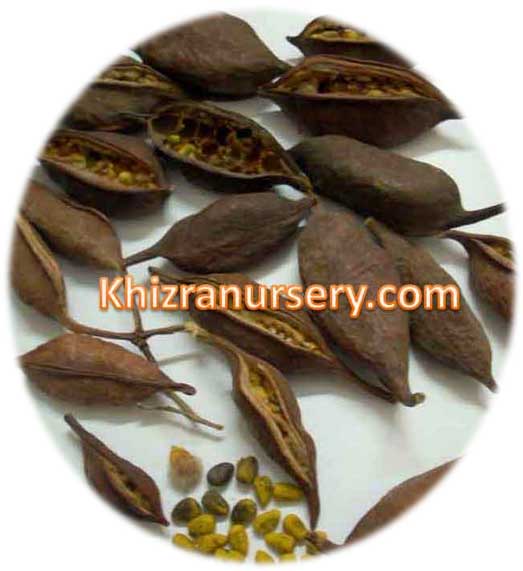
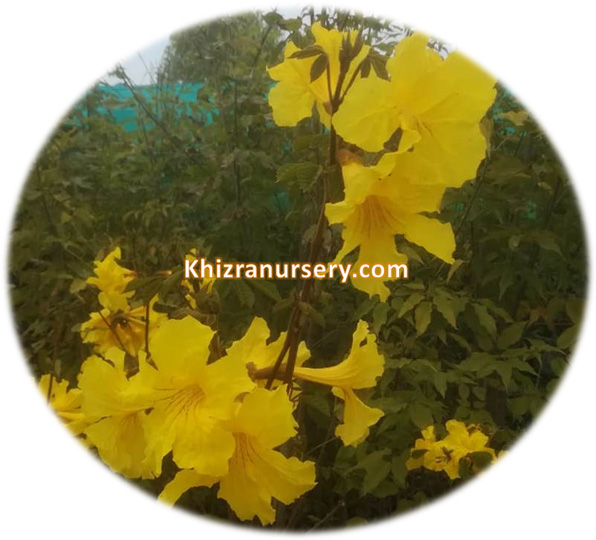

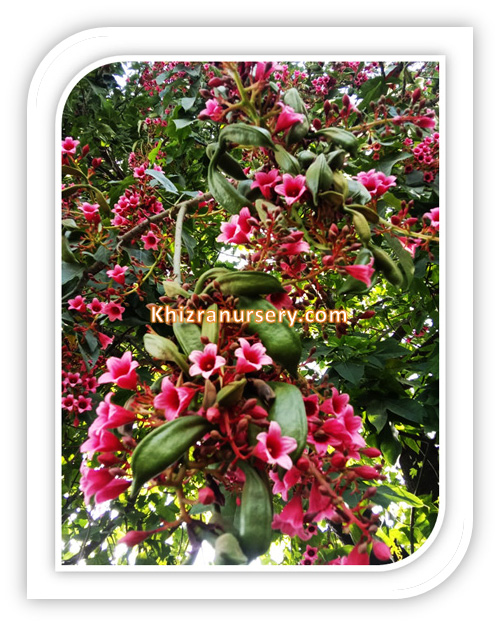


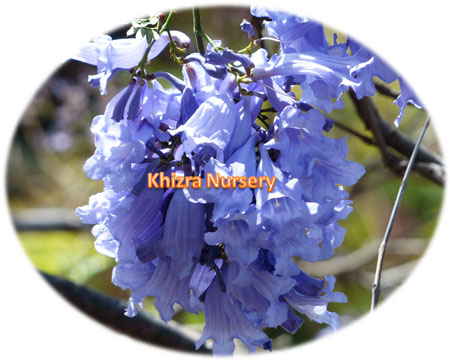
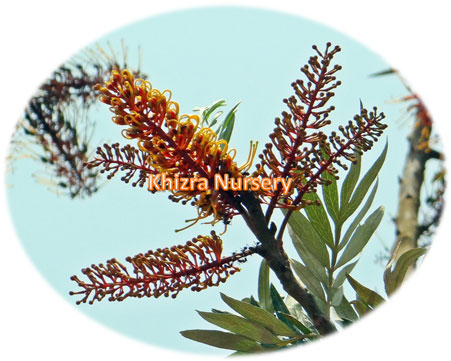
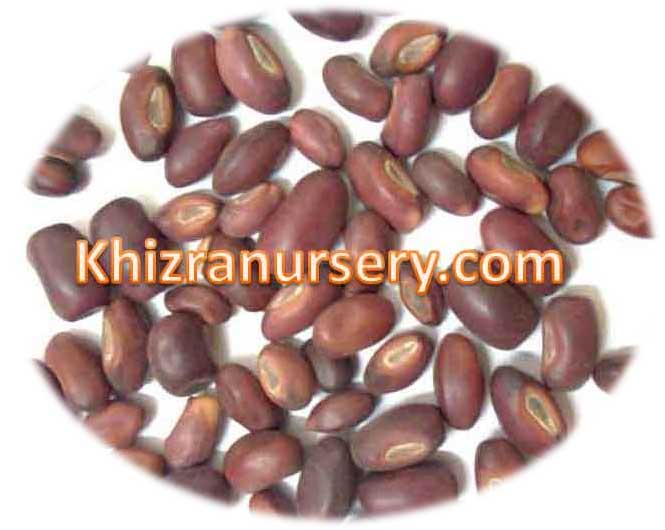

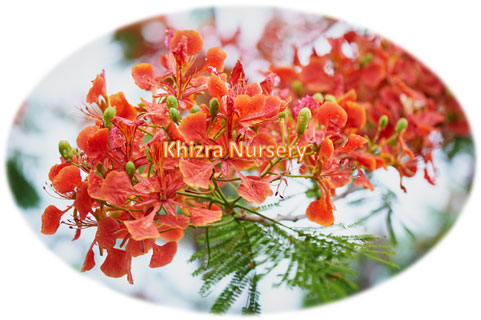
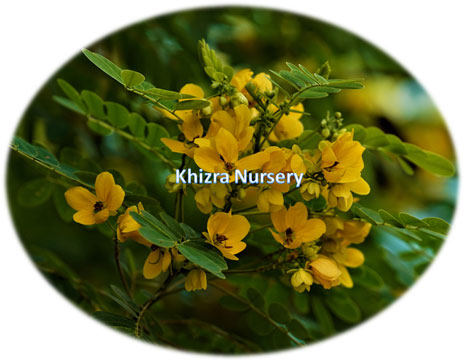
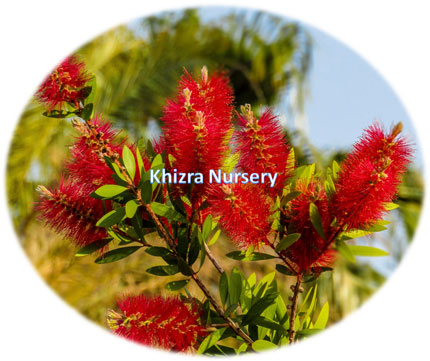
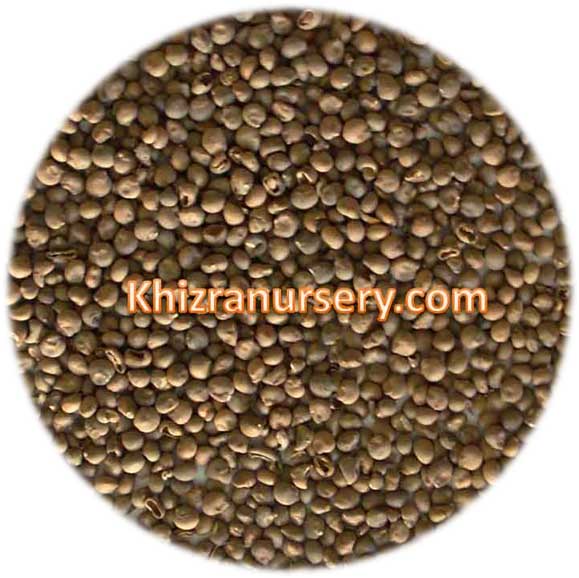

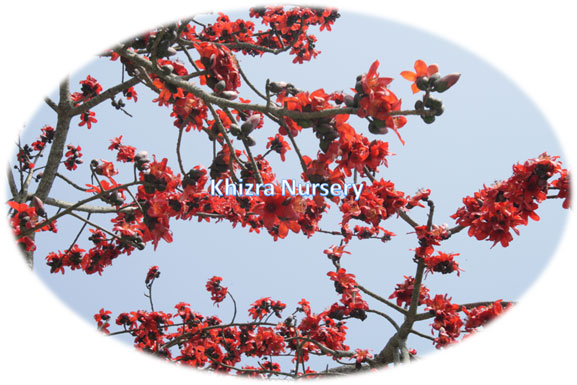
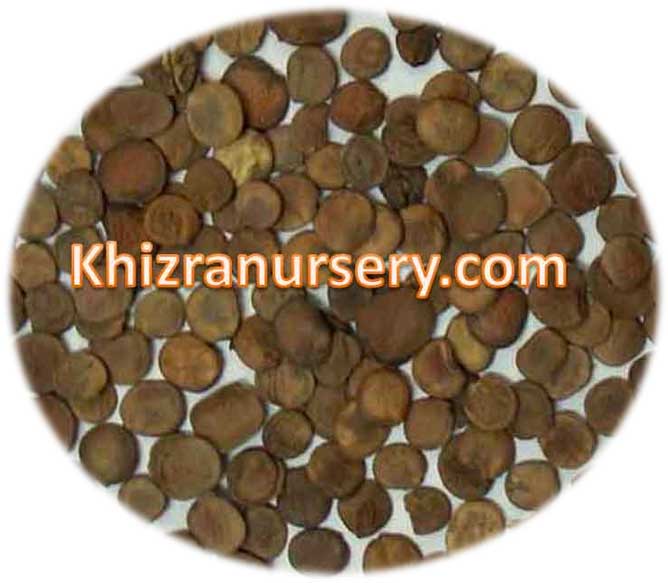

Reviews
There are no reviews yet.